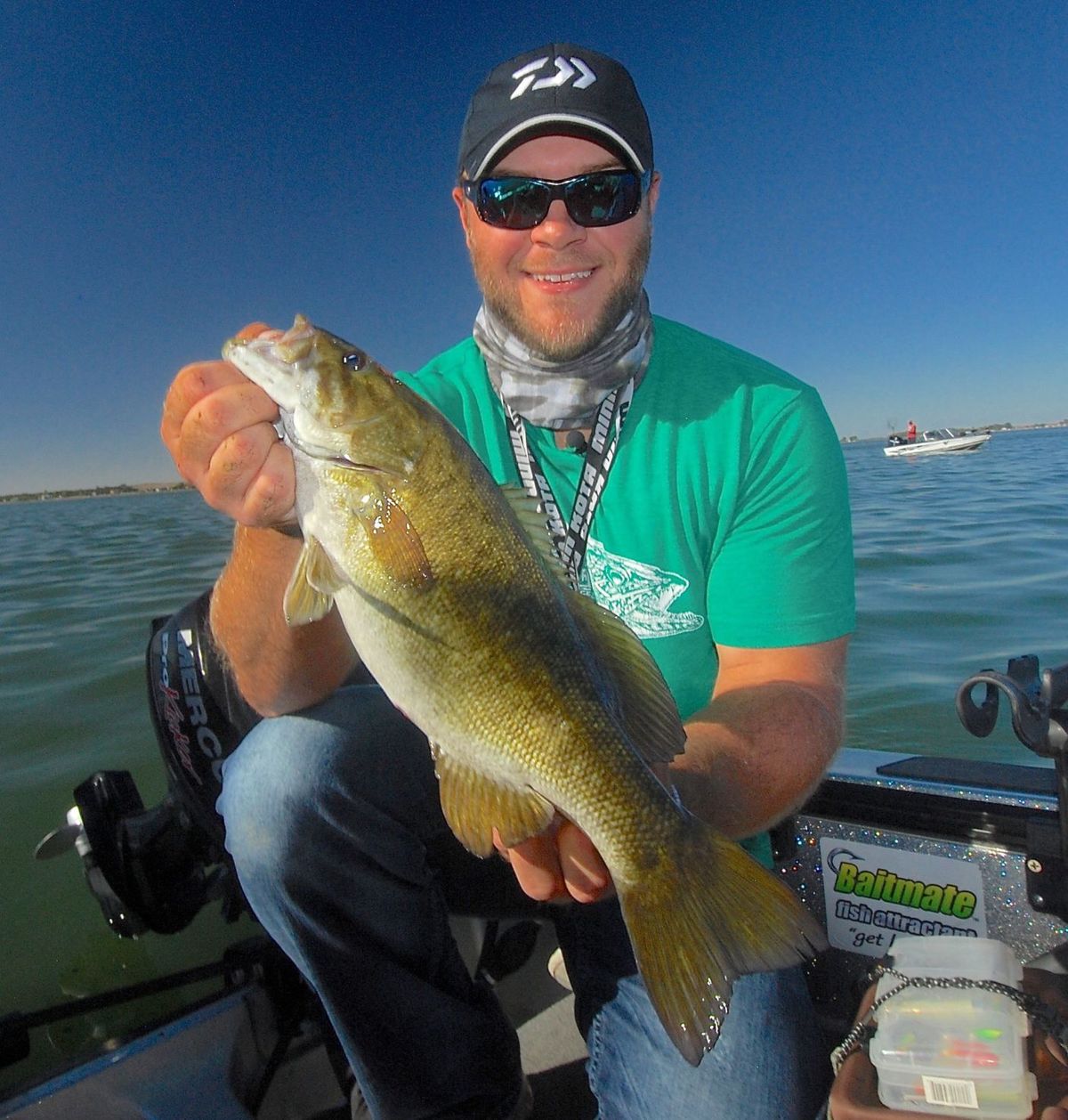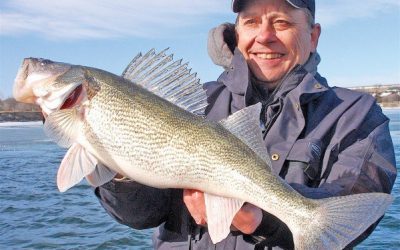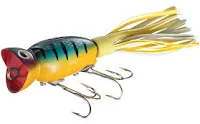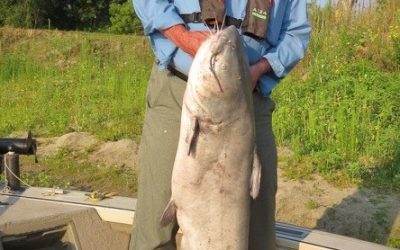Every angler is looking for the next hot bait. And when they find it, they buy it. And that is good. However, there are some baits that were hot yesteryear, are hot today and will be hot tomorrow.
So why do we tend to forget them?
I think part of the reason is that our bait choices are so high today that just trying to pick out a plastic worm, for instance, becomes an exercise wrapped up in futility. Four-inch, six-inch, seven-inch, or bigger? Three hundred and fifty different colors, 10 different flavors (scented or unscented). Flat tail or curly tail or double curly tail. Ribbed or not ribbed. And on and on. The original plastic worm was six inches long and offered in black or purple. It caught fish like crazy and still does. Things were so much simpler 40 years ago.
We’re going to discuss eight lures that have stood the test of time. They are fish-catching machines, yet they seem to get lost in the hubbub of Madison Avenue fishing advertising.
Let’s start with the Rapala Original Floater minnow. Eighty years ago, Lauri Rapala, a Finnish commercial fisherman, carved the first lure that became known as the Rapala minnow.
In 1959 the lure was brought to America. It became an overnight phenomenon. This balsa lure dives a couple of feet and has an action fish can’t resist. Few fishermen in the Upper Midwest use this lure consistently. They may have a box full of number 7 Shap Raps, another Rapala lure, but the Original Floater, if they have one, isn’t fished much.
Next spring, pull it behind a bottom bouncer and see what happens.
If you fish for northern pike, a Dardevle spoon is an absolute must. I would guess more northerns have been caught on this lure than any other presentation. While it comes in a lot of colors, the familiar red and white spoon is really the only color you need.
There are some secrets to fishing a Dardevle spoon effectively. First, you should use a snap to attach the lure so it has the freedom to make that side-to-side wobbling action. Secondly, mix up your retrieve. A stop and go retrieve and rod twiches will give it an erratic, darting action that gamefish can’t resist.
Yes, I said gamefish. The Dardevle catches more than just northerns. Use it in smaller sizes for smallmouth bass, largemouth bass, white bass, crappies and trout.
This lure was created in 1906 by Lou Eppinger. It’s probably the most recognizable fishing lure out there. It deserves a spot in your tackle box.
Let’s look at another spoon. The Dardevle doesn’t do well in heavy weeds or woody cover. Its single treble hook will snag up. Not so, the Johnson Silver Minnow. This lure, with its single hook soldered to the back of the spoon, is protected by a weed guard. You can make long casts with this lure and cover lots of water.
While the Silver Minnow will catch fish when fished plain, I like to hang a “trailer” on the hook. A plastic worm, curly tail or double curly tail or a plastic frog will often give the lure more “fish appeal.” I used to always use a pork trailer on this lure, but I think the pork rinds have gone the way of the dodo bird.

Jarrod Federick’s caught this smallmouth bass from a shallow rock pile on South Dakota’s Lake Poinsett last summer.
This spoon should also be attached with a snap and use a varied retrieve rather than just reeling it in.
Another lure which fits our category of a great fish catcher that may not be used often enough by many anglers is the Mepps Spinner.
I learned very early that this spinner was a real fish catcher. I used it mostly on Iowa farm ponds for largemouth bass. But I also caught a lot of walleyes on it in a variety of waters. Walleyes will come a long ways off the bottom to grab this flashing spinner, which really doesn’t imitate anything.
Today, Mepps offers over 6,000 combinations of spinner sizes, colors and designs, but here’s the deal. Keep it simple. Fish nothing but the Mepps Aglia plain spinner in size 3 with a silver blade for any of the bass or walleyes.
The plain spinner features a red plastic sleeve over the shank of the treble hook. This spinner also comes with squirrel tail hair tied to the treble hook. I never felt I needed the extra dressing to catch fish. And when trying to remove moss that the hook will pick up on most farm ponds, the squirrel tail just gets in the way.
The Aglia features a silver-plated spinner blade and I think that contributes to its remarkable fish-catching ability. Most other silver spinner blades are chrome plated.
The Mepps spinner was invented in 1938 and untold numbers of world and state record fish have been caught on it.
If you are a regular reader of this column, you know i am a strong believer in the Big O crankbait. It was in 1967 that Fred Young carved the first Big O out of balsa. It was the first “square bill” crankbait and took the emerging bass pro circuit by storm. Today it is manufactured out of plastic, but it has the same effective action as the earlier balsa models.
For smallmouth anywhere along the Missouri River and elsewhere, I prefer the two-and-a-quarter inch model. The lure comes in nine different color patterns, but I prefer the Smokey Joe, the chrome/back and the pearl red eye.
It also comes in two- and three-inch sizes.
The Rebel Teeny Wee-Crawfish is a fish-catching machine. You wouldn’t think anything that small would catch anything but panfish, but I have caught largemouth, smallmouth, channel catfish, northern pike, sheepshead and walleyes on it.





0 Comments